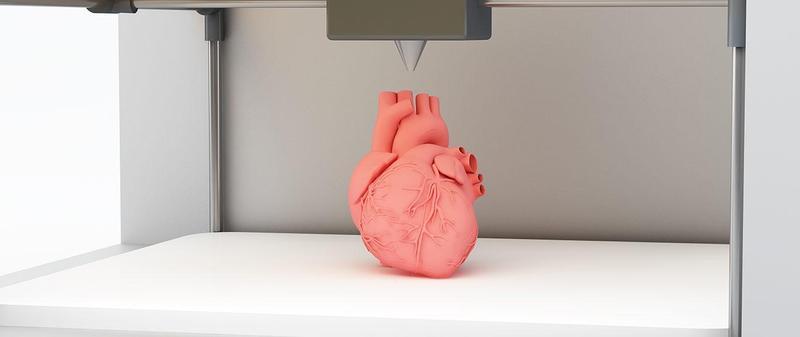Five Up and Coming Health Technologies
Five Up and Coming Health Technologies
New technology is transforming health care every day and is contributing to a more connected model of care. Traditional, non-connected devices may soon make way for technology that is taking advantage of new scientific breakthroughs. Health technology can both reduce the costs of care and increase patient access, safety and survival rates. Below are five such technologies that are being adopted across different health-care settings and are, in some instances, also becoming reimbursable by insurers.
1. Scanner that Reduces Melanoma Biopsies
MelaFind is an FDA approved device that can reduce the number of potentially unnecessary and invasive skin biopsies of irregular moles. Previously, a dermatologist needed to perform a biopsy on every suspicious case to make sure an odd-looking mole was not a malignant melanoma, the most dangerous form of skin cancer. MelaFind can be used to gather additional information before deciding on a biopsy. This software driven imaging product uses missile navigation technologies, originally sponsored by the Department of Defense, and reaches up to 2.5 mm below one’s skin surface. Collected data then get objectively analyzed and compared to digital images of melanoma and skin diseases. With the help of this device, doctors can either avoid a needless procedure or, in contrast, they can identify a melanoma at a stage when it is most treatable.
2. Patient-controlled Neurostimulator for Pain Reduction
Autonomic Technologies, Inc. is currently developing a neurostimulation system — the ATI Neurostimulator — that might give new options to patients suffering from chronic cluster headaches. This excruciating type of head and face pain has thus far been treated with injectable medications and inhaled oxygen.
However, this treatment option does not meet the needs of many patients. The innovative patient-powered neurostimulator involves a permanent implant in the upper gum which produces nerve stimulation at the level of the sphenopalatine ganglion (SPG) — a facial nerve bundle connected with cluster headache. When a patient senses the onset of pain, he or she can turn on the device with a remote controller placed on the cheek, which in turn produces signals that block the pain-causing neurotransmitters at the SPG. Therapy settings are adjusted to each individual by using a customized laptop computer.
3. Touch Free Thermometers
Smart thermometers have been on the market for a while now, but they are constantly being improved and upgraded. They require no physical touch thus reducing the risk of contamination. The Caregiver is just one example of an infrared thermometer that accurately and quickly measures forehead temperature. The device has temperature memory recall. It can also measure room temperature and it comes with a Celsius/Fahrenheit switch.
4. Smart EpiPen for Severe Allergic Reactions
Many people suffer from different types of allergies that sometimes require an acute intervention to save the person’s life. Devices that contain epinephrine — a drug that reduces the body’s allergic reaction — have been used for over 25 years. Now, there is a new generation of epinephrine injections that include sensors and electronics. These devices enable constant monitoring and communication, and some can automatically alert medical staff. The Veta smart EpiPen case is an example of such a technology. In conjunction with a smartphone, Veta’s sensors can conveniently detect if the epinephrine injection has been left behind, and alarm the user and their loved ones. This is particularly useful for parents who get notified if their children forget to take the life-saving device with them.
5. 3-D Printing Technology
Advances in the field of 3-D printing are increasingly benefiting the medical sector. Creating tailor-made medicine is one use, another area of practice that could be supported by 3-D printing is orthopedics. This technology can be used to design implants out of digital models, and is already changing the field. For instance, there are surgeons already using 3-D printing to create models for complex cases of fractures and injuries. In the future, medical applications of 3-D printing are sure to increase and expand into human tissue and organ replacement.
by Ursa Bratun For Very Well
Be the first to post a message!
